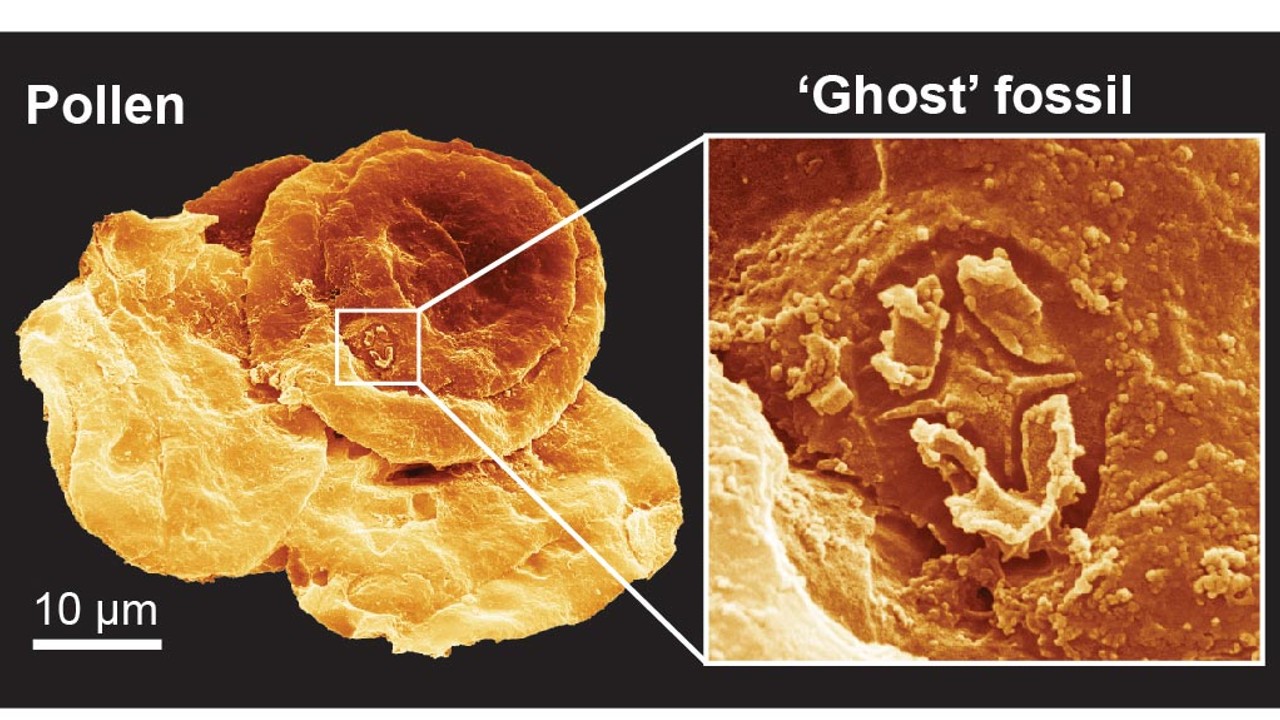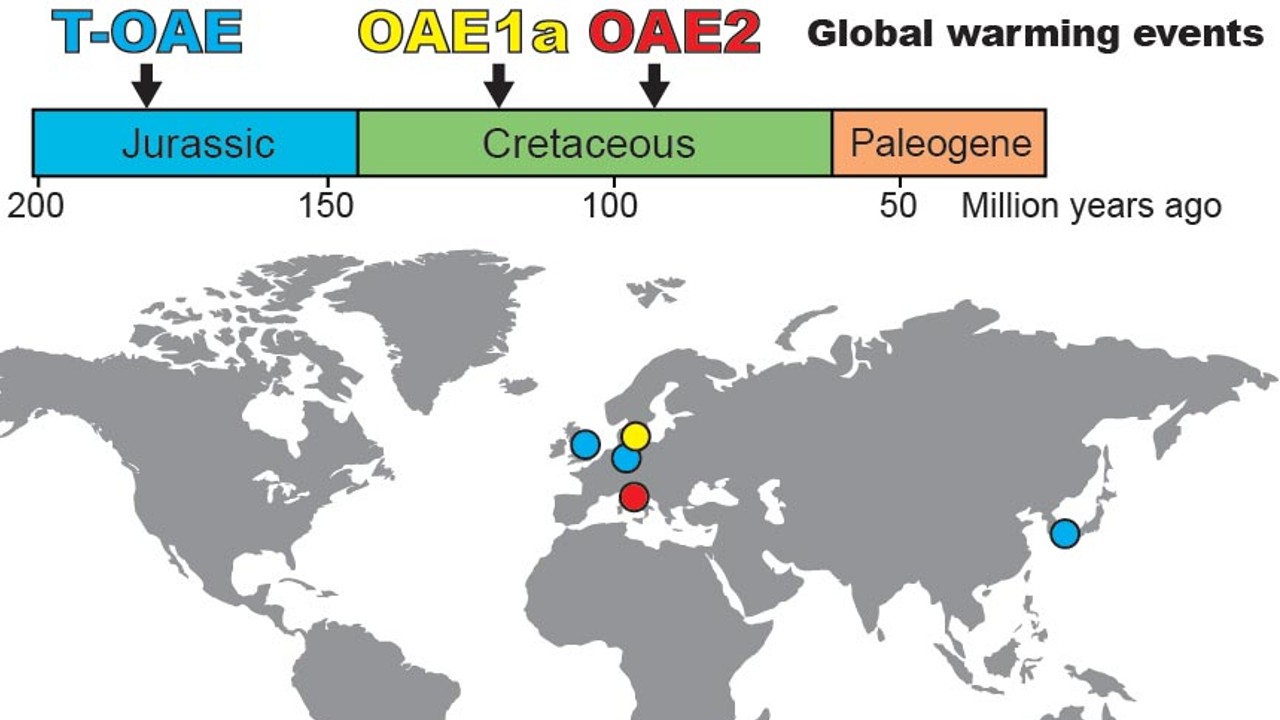An international research team has discovered a new fossil species. The discovery of these fossils also sheds light on global warming events.
An international team of researchers has discovered a new type of fossilization. ‘Ghost’ discovery of fossils against past global warming events plankton demonstrates its resistance.
International from University College London (UCL), the Swedish Museum of Natural History, the Natural History Museum London and the University of Florence a team of scientists, hitherto undetected extraordinary a fossilization type found it. fossils that lived in the seas millions of years ago, coccolithophore microscopic traces or “ghosts” of single-celled plankton, called Their discovery revolutionizes understanding of how climate change is affecting plankton in the oceans.
Ghost fossils are very important to humanity
Coccolithophores are very important to today’s oceans. They provide most of the oxygen we breathe, support marine food webs, and lock carbon in sediments on the seafloor. It surrounds its cells with hard calcareous plates of a type of microscopic plankton called coccolith. Also, coccolithophores are things that normally fossilize in rocks.
The gradual disappearance of these fossils has been documented in many past global warming events. This suggests to scientists that these plankton have been severely affected by climate change and ocean acidification.
From the Swedish Museum of Natural History, Dr. Sam Slater,The discovery of these beautiful ghostly fossils was completely unexpected. We originally found them preserved on the surfaces of fossilized pollen, and it quickly became apparent that they were abundant during periods when normal coccolithophore fossils were rare or nonexistent. This was a big surprise for us!‘ he declared.
Despite their microscopic size, coccolithophores can be quite abundant in the ocean and can be seen from space as cloud-like flowers. After death, their calcareous exoskeletons sink to the seafloor, accumulating in large numbers and forming chalky rocks.
RELATED NEWS
Thanks to Fossil Leaves Found in Borneo, 4 Million-Year-Old Forest Revealed
Cocolithophores are thinner than a hair!

Professor Paul Bown emphasized in his statement that these ghostly nannofossils should be preserved and said, “Ghost fossils are extremely small. Their length is approximately five thousandths of a millimeter, 15 times thinner than a human hair! But the details of the original plates are still perfectly visible. Even as the plates themselves dissolve, old organic matter is pressed into their surfaces.” he concluded.
Ghost fossils, formed as sediments on the seafloor are buried, turn into rock. As more and more mud gradually builds up on the top, the resulting pressure crushes the coccolith plates and other organic debris together and is pressed against the surfaces of hard coccoliths, pollen, and other soft organic matter. Later, the acidic waters in the cavities in the rock dissolve the coccoliths, leaving behind only their impressions, namely ghosts. This is how ghostly fossils are formed.
Ghost fossils have been found all over the world as a result of studies

The study focused on the Toarcian Oceanic Anoxic Event (T-OAE), a rapid range of global warming in the Early Jurassic, caused by massive volcanism in the Southern Hemisphere caused by increases in atmospheric CO2 levels. Researchers found ghostly nannofossils associated with T-OAE from the United Kingdom, Germany, Japan and New Zealand.
Professor Richard Twitchett said: “Ghost fossils show that nannoplankton was abundant, diverse and evolved during past global warming events in the Jurassic and Cretaceous, which previous records have hypothesized to have collapsed due to ocean acidification. These fossils are reshaping our understanding of how calcareous nannoplankton responded to warming events. ” said.
RELATED NEWS
Fossils of a New Species of ‘Armored Dinosaur’ Discovered in China: May Be Ancestor of Earliest Known Species
Finally, Dr. Sam Slater explains the discovery: “Our work shows that during these past warming events, algal plankton was abundant and contributed to the expansion of marine dead zones, where oxygen levels on the seafloor were too low for most species to survive. These conditions, along with plankton explosions and dead zones, could become more common in our globally warming oceans.”
Source :
https://scitechdaily.com/scientists-discover-ghost-fossils-completely-unexpected/
